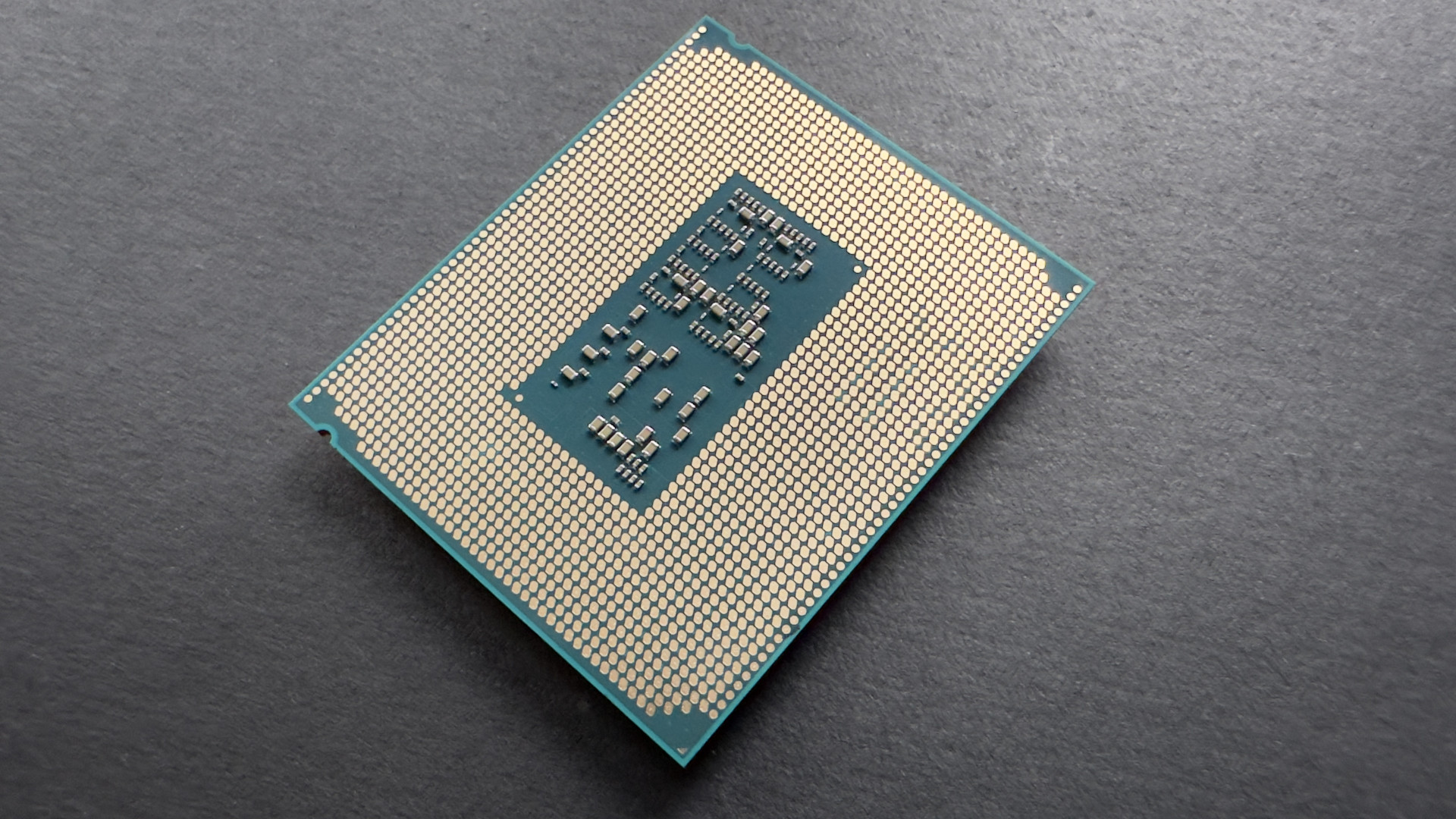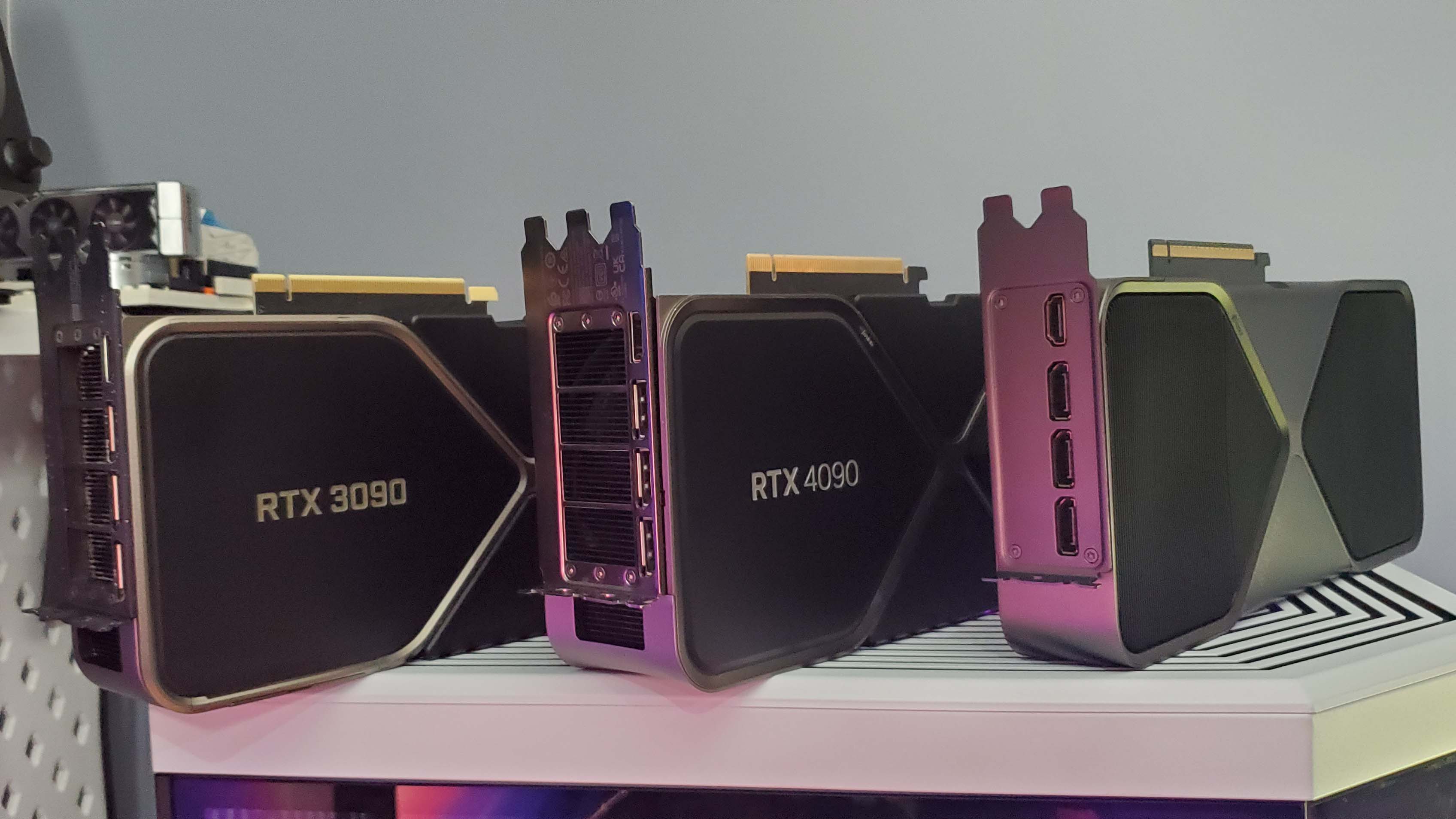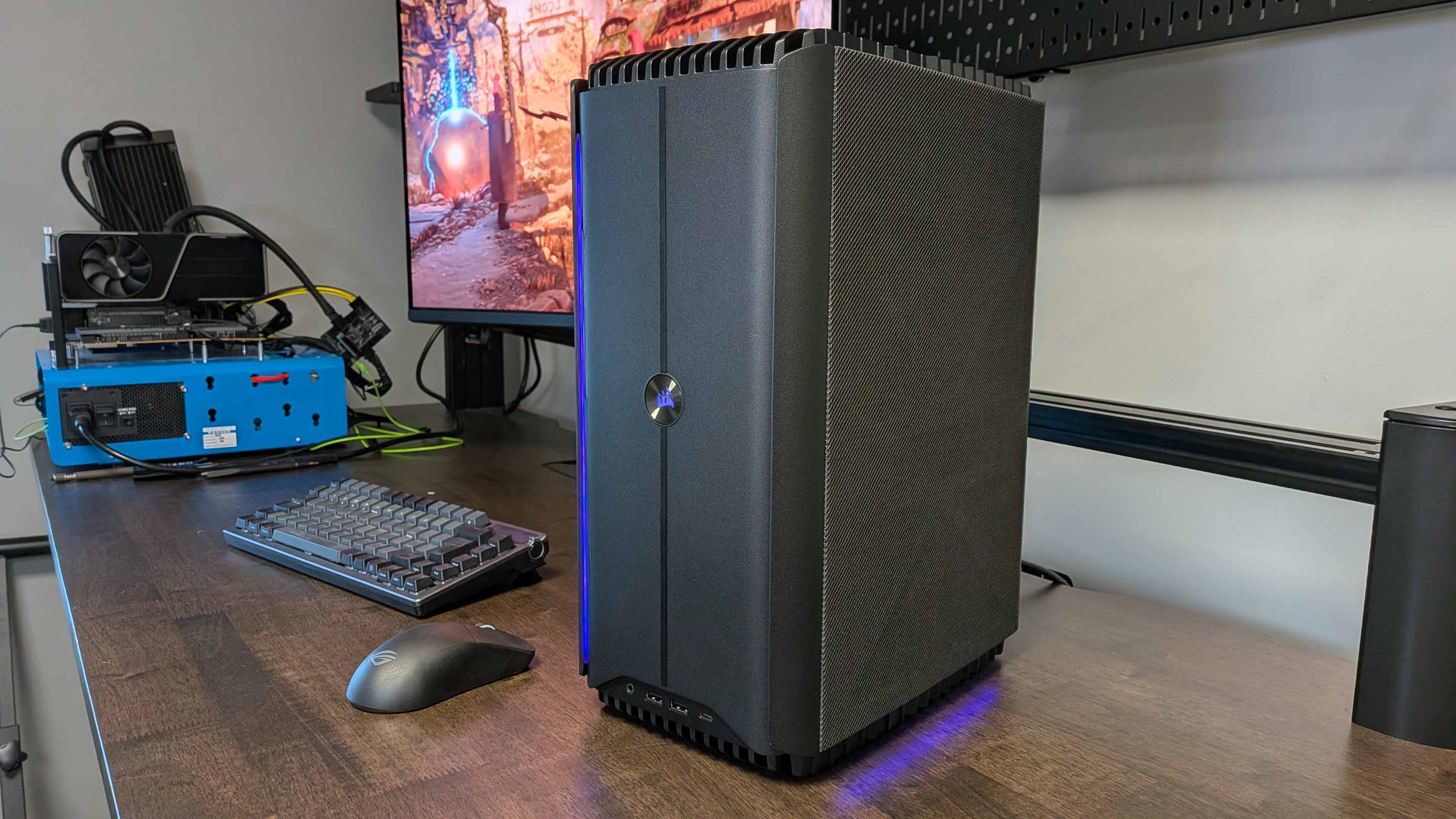Intel slashes the price of its Core Ultra 265K CPU from $399 to $299, making it a killer deal for gamers despite all the early issues
Arrow Lake CPU, anyone?...Anyone?

We reported a couple of weeks back on the slightly odd news that Intel's elderly Raptor Lake CPUs are still flying our the door. Now Intel has slashed the price of two of the most gamer-friendly variants of its latest Arrow Lake desktop processor family by upwards of 25%.
Intel has uploaded a blog post detailing cuts to the "suggested pricing" of the Core Ultra 7 265K and 265KF models. The 265K drops from $399 to $299, while the 265KF tumbles from $384 to $284.
The difference between the two models is that the 265KF forgoes an integrated GPU, enabling it to hit a slightly lower price point. Both chips get the same eight Performance and 12 Efficient CPU cores. They also share the same operating frequencies, including a top Turbo speed of 5.5 GHz.
Of course, Intel's Arrow Lake CPU family had something of a troubled launch, what with various mea cupla's from Intel itself over the chip's non-readiness. Earlier this year, we had our own look at how things had progressed following three months of patches and updates, only to find a rather mixed picture.
But here's the thing. It's all relative and you're still getting a very powerful CPU with eight hefty P-cores plus 12 E-cores thrown in. The critical context is AMD's Ryzen 7 9700X. That has an MSRP of $359 and still typically goes for over $300.

Purely for gaming, there's very little between an Intel 265K or 265KF and the AMD 9700X, the latter perhaps being about 5% faster on average. Not enough, in other words, that you'd ever feel it.
However, with a total of 20 cores versus the 9700X's eight cores—albeit 16 threads with multithreading support on each core—the Intel chips are much faster for productivity tasks like video encoding.
Keep up to date with the most important stories and the best deals, as picked by the PC Gamer team.
In the past, we'd have still opted for the 9700X. It had the lower MSRP and was marginally faster for gaming. Now? I might, just might, go Intel.

Best CPU for gaming: The top chips from Intel and AMD.
Best gaming motherboard: The right boards.
Best graphics card: Your perfect pixel-pusher awaits.
Best SSD for gaming: Get into the game ahead of the rest.
The 265K now has both the lower MSRP and lower street price, with the 265KF lower still, and I think in terms of future proofing with all those cores, they could be the better pick.
Indeed, we recently conducted some analysis that shows multithreading in games is at last becoming more widespread. Yes, a lot of games still load most of the work onto a relatively small number of threads. But the tide is turning towards multithreading.
Still, with Intel's recent track record, going blue still feels like a bit of a gamble. The AMD chip is arguably the safer bet. Likewise, some question marks remain over the true efficacy of hybrid CPU architectures for desktop PCs, as opposed to, say, smartphones where power efficiency is so important.
But with this price cut the Core Ultra 7 265K and 265KF certainly deserve to be taken very, very seriously indeed.

Jeremy has been writing about technology and PCs since the 90nm Netburst era (Google it!) and enjoys nothing more than a serious dissertation on the finer points of monitor input lag and overshoot followed by a forensic examination of advanced lithography. Or maybe he just likes machines that go “ping!” He also has a thing for tennis and cars.
You must confirm your public display name before commenting
Please logout and then login again, you will then be prompted to enter your display name.

